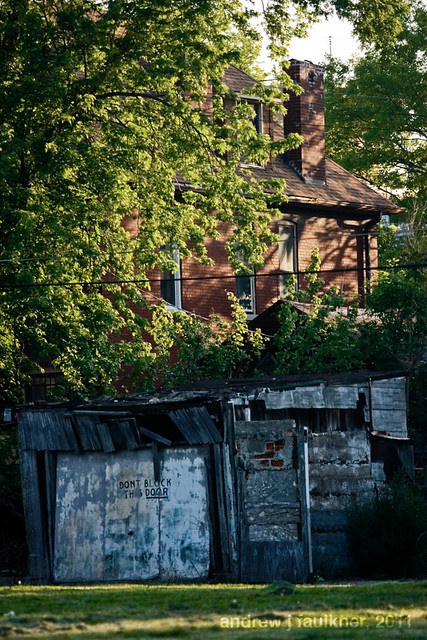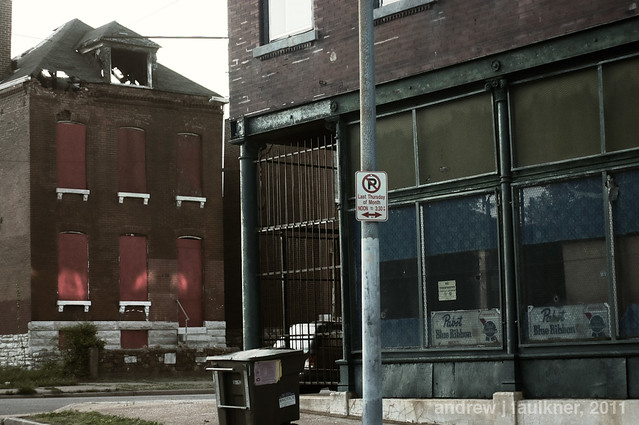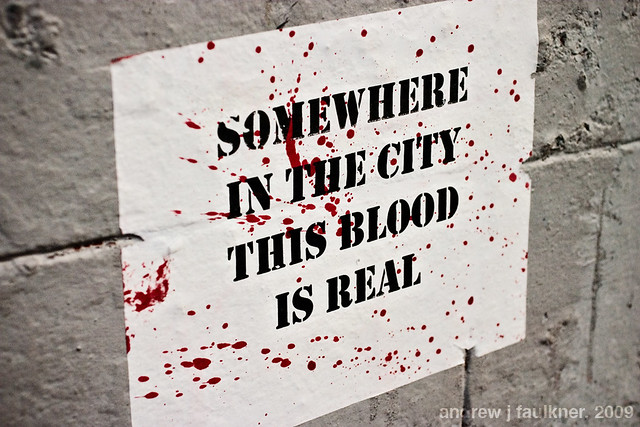The process thus far has been one of the worst planning processes I have ever witnessed. Public participation has been methodically curtailed: the public comment process for the finalist teams in the design competition was limited to two weeks; this ended before the majority of the public was able to view the entries. City Arch River's social media campaign was dead on arrival. Most troubling, City to River has pointed out that the winning MVVA proposal has been significantly undermined without public consent or awareness.
The text that follows is my official comment for the Environmental Assessment process. You can read City to River's official comment here.
Question 1:
Do the purpose, need, and objectives reflect what you think the NPS needs to accomplish with this project? If not, what else do you think needs to be accomplished?
The current City Arch River proposal addresses neither the majority of significant issues raised during the General Management Plan process nor half of the articulated goals of the City Arch River 2015 Foundation.
During the GMP Process key concerns such as access, connectivity, and boundary were raised (GMP §1.6, p.1-10). The NPS opened the door to rethink the difficult journey from city to park to river, how the riverfront might play a pivotal role for both visitors and residents, and the half-realized vision for the memorial might be broadened to encompass both banks of the river – achieving Saarinen’s vision after a six decade lacuna.
These intentions were supported not only by the NPS, but by the general public as well. During an energetic series of meetings, residents articulated their deference for the daring of the Saarinen monument and advocated equally bold new action. Public comment mandated including the Riverfront in the design competition (GMP §5.4, p.5.8), expanding the design competition beyond the park boundary to study better connections to downtown along Spruce, Locust, and Olive Streets (GMP §5.4, p.5.10), redeveloping the lifeless South end of the Arch Grounds (GMP §5.4, p.5.11), and multiple views supporting the removal of soon-to-be redundant lanes of I-70 and replacement with a pedestrian friendly at-grade urban boulevard (GMP §5.4, p. 5.14-15).
Building on these intentions, the City Arch River design competition included the following goals in the competition structure:
2. Catalyze increased vitality in the St. Louis region
4. Weave connections and transitions from the City and the Arch Grounds to the river.
5. Mitigate the impact of transportation systems
6. Embrace the Mississippi River and the East Bank in Illinois as an integral part of the National Park.
8. Create attractors to promote extended visitation to the Arch, the City, and the River.
As the NPS is undoubtedly aware, this EA process itself has removed the entire East Bank part of the project from consideration. In addition, requested park amenities along the riverfront and South end (water gauges, South skating rink/beer garden, underpass park) in the MVVA Plan have been removed from the original MVVA Arch Grounds. These changes remove much of the activities needed to energize the Arch Grounds while other functions have been displaced away from the Arch and River to Kiener Plaza. These actions are in direct opposition to the criteria established in the City Arch River competition goals, the NPS GMP, and through significant public input.
Question 2:
What concerns do you have about the potential impacts of the project to revitalize the park? How do you think these concerns could be addressed?
The most disturbing element of the revitalization project will be the effects caused by the removal of Memorial Drive and the preservation and illogical expansion of a redundant and soon to be de-designated highway. The removal of Memorial Drive, an action taken without public input, has never been subjected to public scrutiny or comprehensive study. Although curiously eliminated from the scope of this EA, the removal of Memorial Drive will require new highway ramps. Based on current practices these ramps will require a significantly larger infrastructure, will finalize the disconnection of the Arch from all but a select sliver of downtown, and will have ecological repercussions on the immediately contiguous arch grounds.
If the National Park Service does not want to risk turning the gateway to western expansion into a receptacle for windfall refuse from passing cars or an under-engineered arboreal carbon sink for truck exhaust, the NPS must undertake a comprehensive public study of the tangible costs, benefits, and management challenges – environmental, logistic, and economic – of removing Memorial Drive and lining the Arch Grounds with additional highway infrastructure. Such a study should thoroughly investigate at least the following options at a minimum:
1. Removal of I-244 (currently known as I-70) and replacement with a linear park/urban boulevard similar to the Embarcadero in San Francisco or the Rose Kennedy Greenway in Boston
2. Elimination of the proposed Washington Avenue SB entrance and NB exit and relocation of all exits/entrances to the Cass Ave. I-70 interchange
3. Elevation of I-244 to 24 feet above street level (similar to the Strada Aldo Moro adjacent to the old harbor of Genoa, Italy)
4. Maintenance costs of the status quo and attendant expenses in continually decreasing tourism.
Please submit any additional comments in the box provided.
The current challenge of the Jefferson National Expansion Memorial is fundamentally one of disconnection. Visitor numbers are slowly decreasing because, although a compelling experience, it is not enough of a destination to warrant repeat visits. It now exists solely for out-of-town tourists. The park must be made a vital and important part of St. Louis civic life in order to reinvigorate the park. The fortunes of downtown and the JNEM are inorexibly intertwined. A house divided against itself cannot stand, yet the current plan hardens the divisions around the majority of the JNEM boundaries. This sad result is largely the result of unreasoned local interference in a good design.
Residents of St. Louis care deeply about this opportunity, but until now we have remained sidelined by a shamefully anemic public participation process. The National Parks Service now has a chance to exercise true leadership and to openly and carefully evaluate the merits of the current proposal alongside other strong alternatives.
If the NPS can take that step, the residents of St. Louis will meet you. We have already accomplished the resurrection of one great city park with Forest Park. It is not too late; if we are presented with aspirational goals and a chance to make a difference we will do it again.











